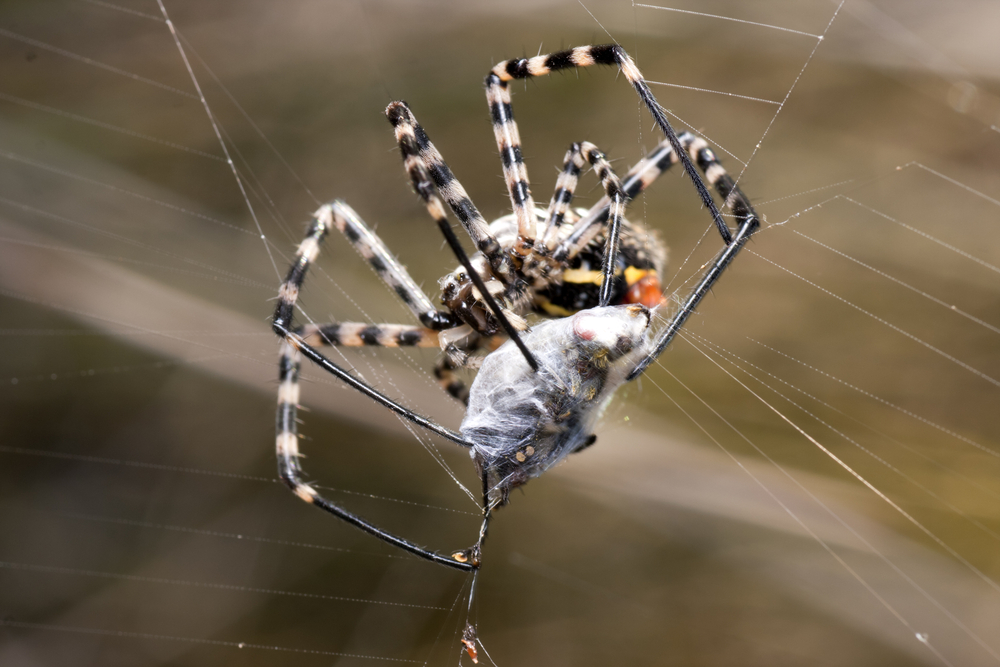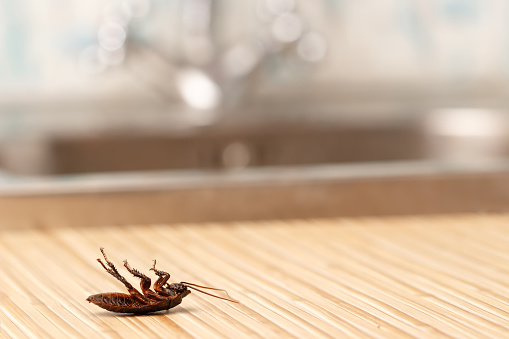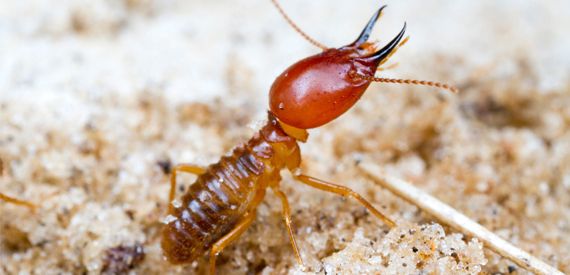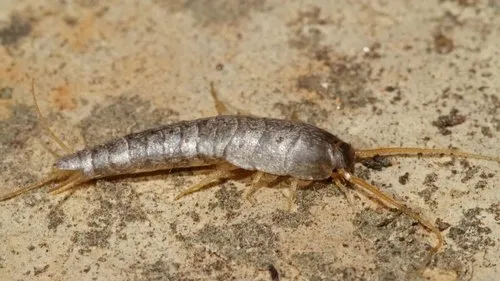Although some spiders are completely harmless, nobody wants a spider infestation in their homes. The number of spiders generally starts increasing at the end of summer and early fall. If you are experiencing any serious spider infestation, poisonous or not, you should start working on the below-given ideas as soon as possible to stop the infestation. Follow these how to get rid of spider’s ideas and you can get good results.
Some Ways To Get Rid of Spider Infestation
1. Keeping Your House Clean
Minimizing the litter in your house will limit the hiding places of spiders. Spiders generally feast on other pests, so keeping your food and food waste covered will attract fewer pests and hence no spiders. Regular vacuum cleaning of the house can prevent spider infestation. A good method of vacuuming your walls and corners can even vacuum spiders and their webs.
2. Sealing the Cracks
You should fix any cracks and crevices in your house preventing the spiders from sneaking inside. Torn window blinds should be mended and vents should be covered with a fine mesh.
3. Apply a Pesticide
The corners and cracks of your house can be sprayed with a commercial pesticide. The pesticide will eliminate any nearby spiders. It is a reliable and affordable pest control method.
4. Using Natural Oils or Vinegar
Spiders are not fond of natural oils. A good DIY solution for Spider Control is mixing 15-20 of any essential oil with water in a spray bottle and spraying the mixture in all the areas where you sight spiders and in all the cracks of the house. These methods are useful against only mild infestations.
What Professionals Do For Spider Control?
Spider control professionals employ various methods and techniques to effectively manage and eliminate spider infestations. Here are some common practices performed by professionals for spider control:
1. Inspection: Professionals begin by conducting a thorough inspection of the property to identify spider species, nesting areas, and potential entry points. This helps them develop a targeted plan for control.
2. Identification: Identifying the specific spider species is essential because different species may require different control methods. It also helps in determining if any venomous spiders are present that pose a greater risk.
3. Removal of webs and egg sacs: Spider webs and egg sacs are physically removed from the infested areas to eliminate current populations and prevent future breeding.
4. Environmental modification: Professionals may suggest modifications to the environment that make it less conducive for spiders. This can include reducing clutter, sealing cracks and crevices, and improving ventilation.
5. Pesticide application: Depending on the severity of the infestation, professionals may use targeted pesticide applications to control spiders. These pesticides are typically applied in areas where spiders are known to frequent or hide.
6. Exclusion techniques: To prevent spiders from entering the property, professionals may implement exclusion techniques. This involves sealing entry points such as gaps in windows, doors, utility lines, and vents.
7. Insect control: Controlling the spider’s food source is important as spiders primarily feed on insects. Professionals may recommend or implement insect control measures to reduce the availability of prey for spiders.
8. Monitoring and follow-up: After implementing control measures, professionals may conduct follow-up visits to monitor the effectiveness of the treatment and ensure that the infestation has been adequately resolved.
It’s worth noting that spider control methods can vary depending on the specific species, the severity of the infestation, and the preferences of the homeowner or business owner. It’s advisable to consult with a professional pest control service to assess your specific situation and receive appropriate recommendations.





